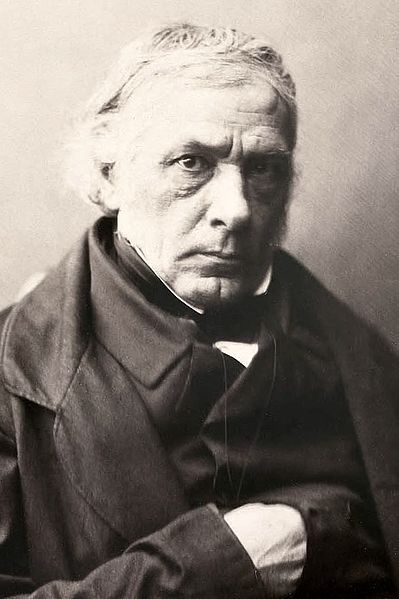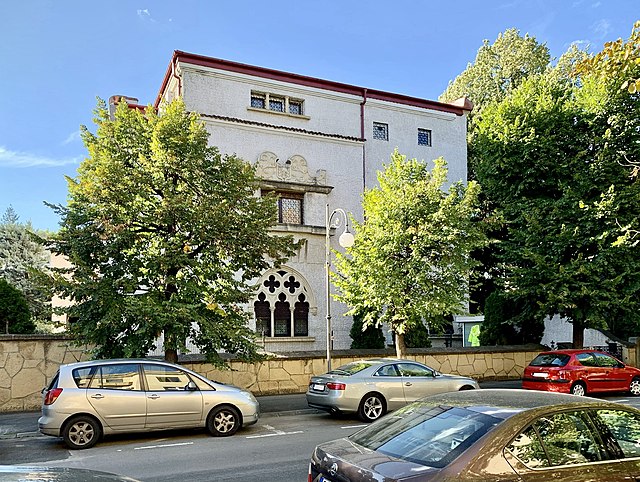Victor Cousin was a French philosopher. He was the founder of "eclecticism", a briefly influential school of French philosophy that combined elements of German idealism and Scottish Common Sense Realism. As the administrator of public instruction for over a decade, Cousin also had an important influence on French educational policy.
Victor Cousin
Eclecticism is a conceptual approach that does not hold rigidly to a single paradigm or set of assumptions, but instead draws upon multiple theories, styles, or ideas to gain complementary insights into a subject, or applies different theories in particular cases. However, this is often without conventions or rules dictating how or which theories were combined.
The grand foyer of the Palais Garnier, by Charles Garnier, 1860–1875. Stylistically, it aimed for a Baroque opulence through lavishly decorated monumental structures that evoked Louis XIV's Versailles. However, it was not just a revival of the Baroque, being more of a synthesis of Classicist styles, like Renaissance, Baroque, Rococo, Neoclassicism etc. Thus, it is an example of eclecticism.
Early Romanian Revival house on Strada Grigore Alexandrescu in Bucharest, Romania, unknown architect, c. 1900, that mixes Beaux-Arts and Romanian Revival elements and proportions
Building no. 45 on Rue de Courcelles in Paris, unknown architect, unknown date, an example of 19th century architecture that can be called "Eclectic" due to the fact that it uses elements from multiple Classicist styles, like the French Baroque and the Louis XVI style
Otto Gagel House in Bucharest, Romania, 1937, by Anton Curagea and Ion Giurgea, in a style known as "Moorish" or "Moorish-Florentine", which uses eclectically Romanesque, Gothic and Renaissance elements in civic architecture, but is also characterized by big plane surfaces, due to the influences of Modern architecture





